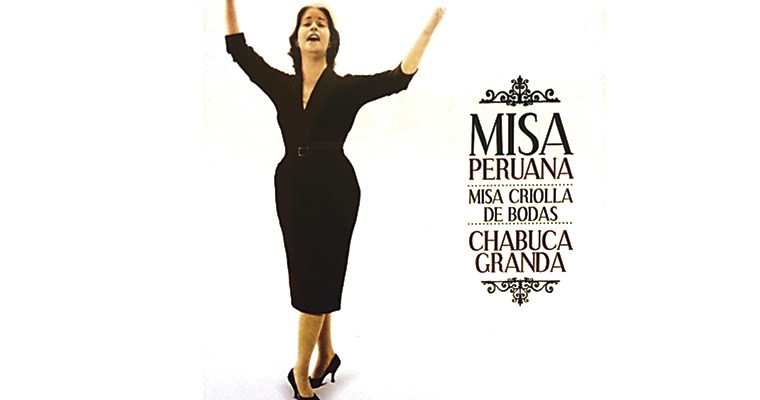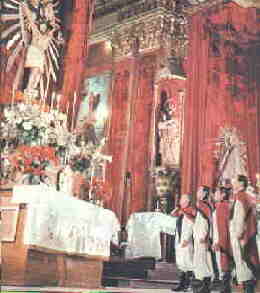
Jason on Purcell – Dido and Aeneas (Z. Thomas on Bach, Rameau, and Handel (Gardiner). Lawrence Gasaway on Mozart – Clarinet Concerto (Gimnazija Kranj Symphony Orchestra, Nadja Drakslar). Le Consort: Baroque Cantatas (Eva Zaïcik, Justin Taylor). 1 (Viloteau, Sala, and John Williams versions) Castelnuovo-Tedesco: Guitar Concerto No. Bach – Concerto in A minor for four harpsichords, BWV 1065 (Netherlands Bach Society). Buying a grand piano: reasons why it’s worth it. Ramírez developed pneumonia in early 2010, from which he died on February 18 in a Monte Grande clinic at the age of 88. At his death he was still chairman of the Advisory Board. He was returned to the post in 1993, and remained in that capacity until ill health forced him to step down in 2004. Ramírez was first elected president of the Society of Authors and Composers of the Argentine Republic (SADAIC) in 1970, serving for two, four-year terms. Misa Criolla and Alfonsina y el Mar are probably his best-known compositions. In 1964, the Ramírez composition Misa Criolla marked the beginning of a period of high musical productivity for the composer which also heralded the premieres of the works Navidad Nuestra (1964), La Peregrinación (1964) Los Caudillos (1965) Mujeres Argentinas (1969), and Alfonsina y el Mar (1969), all produced in collaboration with writer Félix Luna. Back in Argentina, he collected over 400 folk and country songs and popular songs and founded the Compañía de Folklore Ariel Ramírez. Ramírez went on to study classical music in Madrid, Rome and mainly in Vienna, from 1950 to 1954. He made twenty records with RCA until 1956. In 1946 he made his first recording, with RCA. At the same time continuing his academic studies as a composer at the National Conservatory of Music, in Buenos Aires. He spent time in Mendoza and Buenos Aires. Following a suggestion from Yupanqui, he visited the North East of Argentina and deepened his research into the traditional rhythms of South America. He continued his studies in Córdoba, where he met the great Argentinian folk singer and songwriter Atahualpa Yupanqui and was influenced by him. He began his piano studies in Santa Fe, and soon became fascinated with the music of the gauchos and creoles in the mountains. He pursued initially tango before switching to Argentine folklore. His father was a teacher and it had been thought Ramírez would also pursue this career path but the job lasted for just two days due to “discipline problems”. 
Plácido Domingo, José Carreras and Mercedes Sosa are some of the artists to have recorded his work.Īriel Ramírez was born in Santa Fe, Argentina. By the time he died in 2010, his work was globally renowned. He had more than 300 compositions during his career and sold millions of albums. It allowed him to travel around Europe and Latin America to build his reputation. Ramírez is known primarily for his Misa Criolla (1964). Ramírez was considered “a chief exponent of Argentine folk music” and noted for his “iconic” musical compositions. The mass was more recently recorded by Mercedes Sosa in 1999, the Argentine singer who was popular throughout Latin America and many countries outside the continent.ġ9:50 Agnus Dei Ariel Ramírez Ariel Ramírez. It was sung all over the world and its recordings were sold in huge amounts. The Misa Criolla became extremely popular. The score was edited in 1965 in Buenos Aires, together with the score of the Christmas cantata Navidad Nuestra. The first live performance took place in Colón Theatre in Buenos Aires in 1965 (you can read a critic about this concert on the Ariel Ramirez website), the first European performances were in March 1967 in Germany. The first recording of the Misa Criolla took place in 1964, sung by the choir of the Basílica del Socorro and the folkloric male quartet ‘Los Fronterizos’, who sang the soloist parts either one by one or together. The Argentine rhythms and instruments also descend from many places. The Argentine Creoles are descendents of many peoples, such as Europeans and Indians.


Creole means: native, which is not the same as indigenous. Ramírez not only used the language of his country but also the musical rhythms of Argentina, partly played by local instruments. Ariel Ramírez composed the Misa Criolla in 1963-1964 as one of the first masses in the national idiom.







 0 kommentar(er)
0 kommentar(er)
